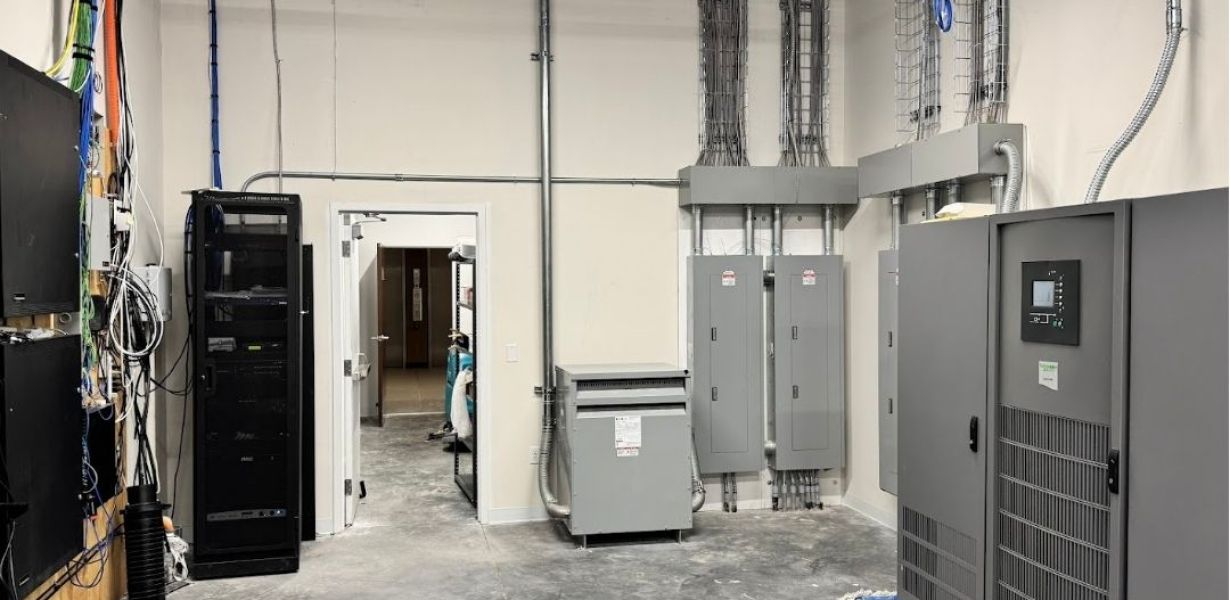Your Guide to the Solar Tax Credit for Homeowners and Businesses

While there are numerous incentives to encourage the adoption of solar power and energy storage systems, the federal solar investment tax credit stands out as the most significant. This program has been instrumental in helping people transition to solar energy for over 15 years, making it an excellent way to kickstart your solar power project.
But what exactly is the solar tax credit? How does it function? Who qualifies for it? Don't worry—we have all the answers you need.
What is the Solar Investment Tax Credit?
The Solar Investment Tax Credit (ITC), also known as the federal solar tax credit, allows homeowners with new energy production and energy storage system installations to deduct 30% of the cost from their federal taxes. This applies to installing a solar photovoltaic (PV) system, an energy storage system, or both. (Yes... the Solar Structure installed price qualifies!)
Congress passed the Energy Policy Act in 2005, which created the Solar Investment Tax Credit. Due to its popularity and success in transitioning the U.S. to renewable energy, the federal ITC program has received several renewals over the years. The most recent extension came in August 2022, extending the credit at the 30% rate for the next 10 years. The tax credit will begin its step-down process in 2033, dropping to 26%, and then further reduce to 22% in 2034.
The Solar Investment Tax Credit has been a crucial incentive in driving the adoption of solar energy in the U.S. It hasn't just driven down costs—according to the National Solar Energy Industries Association (SEIA), it has also fueled a staggering 10,000% growth in the U.S. solar industry over the last decade.
Who is Eligible for the Solar Investment Tax Credit?
Both homeowners and business owners can benefit from this credit, and there's no limit on its value. However, it's crucial to note that you must own your solar PV system to qualify. The solar tax credit doesn't apply to leased systems or power purchase agreements.
Eligibility for the solar ITC depends on your tax liability. All solar PV system owners should qualify, provided they have sufficient tax liability. If the credit amount exceeds your tax liability in a given year, you can roll it over for up to five years. Moreover, the ITC program has no income limit, meaning you may be eligible regardless of your tax bracket.
Solar Eligibility Checklist
Not sure if the solar tax credit applies to your solar power system? Consult the following eligibility checklist.
- Your system was installed between January 1, 2006 and December 31, 2032
- You own your solar power system. This means that you purchased it outright or financed it with a loan.
- Your system was installed in the United States on either your primary or secondary residence.
- Your system is new or being used for the first time. The solar tax credit can only be claimed on the original installation & any additional battery installs.*
READ MORE: IRS Residential Energy Credits - Form i5695

